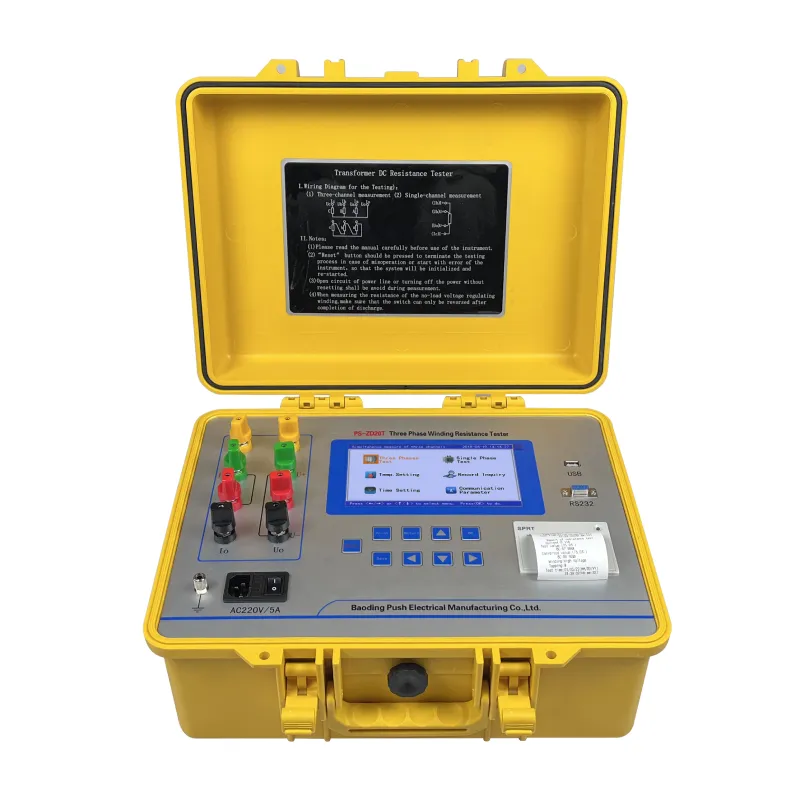 English
English



-
 Afrikaans
Afrikaans -
 Albanian
Albanian -
 Amharic
Amharic -
 Arabic
Arabic -
 Armenian
Armenian -
 Azerbaijani
Azerbaijani -
 Basque
Basque -
 Belarusian
Belarusian -
 Bengali
Bengali -
 Bosnian
Bosnian -
 Bulgarian
Bulgarian -
 Catalan
Catalan -
 Cebuano
Cebuano -
 China
China -
 China (Taiwan)
China (Taiwan) -
 Corsican
Corsican -
 Croatian
Croatian -
 Czech
Czech -
 Danish
Danish -
 Dutch
Dutch -
 English
English -
 Esperanto
Esperanto -
 Estonian
Estonian -
 Finnish
Finnish -
 French
French -
 Frisian
Frisian -
 Galician
Galician -
 Georgian
Georgian -
 German
German -
 Greek
Greek -
 Gujarati
Gujarati -
 Haitian Creole
Haitian Creole -
 hausa
hausa -
 hawaiian
hawaiian -
 Hebrew
Hebrew -
 Hindi
Hindi -
 Miao
Miao -
 Hungarian
Hungarian -
 Icelandic
Icelandic -
 igbo
igbo -
 Indonesian
Indonesian -
 irish
irish -
 Italian
Italian -
 Japanese
Japanese -
 Javanese
Javanese -
 Kannada
Kannada -
 kazakh
kazakh -
 Khmer
Khmer -
 Rwandese
Rwandese -
 Korean
Korean -
 Kurdish
Kurdish -
 Kyrgyz
Kyrgyz -
 Lao
Lao -
 Latin
Latin -
 Latvian
Latvian -
 Lithuanian
Lithuanian -
 Luxembourgish
Luxembourgish -
 Macedonian
Macedonian -
 Malgashi
Malgashi -
 Malay
Malay -
 Malayalam
Malayalam -
 Maltese
Maltese -
 Maori
Maori -
 Marathi
Marathi -
 Mongolian
Mongolian -
 Myanmar
Myanmar -
 Nepali
Nepali -
 Norwegian
Norwegian -
 Norwegian
Norwegian -
 Occitan
Occitan -
 Pashto
Pashto -
 Persian
Persian -
 Polish
Polish -
 Portuguese
Portuguese -
 Punjabi
Punjabi -
 Romanian
Romanian -
 Russian
Russian -
 Samoan
Samoan -
 Scottish Gaelic
Scottish Gaelic -
 Serbian
Serbian -
 Sesotho
Sesotho -
 Shona
Shona -
 Sindhi
Sindhi -
 Sinhala
Sinhala -
 Slovak
Slovak -
 Slovenian
Slovenian -
 Somali
Somali -
 Spanish
Spanish -
 Sundanese
Sundanese -
 Swahili
Swahili -
 Swedish
Swedish -
 Tagalog
Tagalog -
 Tajik
Tajik -
 Tamil
Tamil -
 Tatar
Tatar -
 Telugu
Telugu -
 Thai
Thai -
 Turkish
Turkish -
 Turkmen
Turkmen -
 Ukrainian
Ukrainian -
 Urdu
Urdu -
 Uighur
Uighur -
 Uzbek
Uzbek -
 Vietnamese
Vietnamese -
 Welsh
Welsh -
 Bantu
Bantu -
 Yiddish
Yiddish -
 Yoruba
Yoruba -
 Zulu
Zulu
gc instrument
The Role of GC Instrumentation in Modern Analytical Chemistry
Gas Chromatography (GC) is a powerful analytical technique used to separate and analyze compounds that can be vaporized without decomposition. This method has become essential in various fields such as environmental monitoring, food and beverage testing, and pharmaceuticals, providing a reliable means of identifying and quantifying substances in complex mixtures. The instrumentation used in GC plays a crucial role in achieving accurate and precise results.
At the heart of gas chromatography is the GC instrument itself, which consists of several key components the injector, the column, the detector, and the data acquisition system. The injector is responsible for introducing the sample into the system. In modern GC instruments, the injector can be manually operated or automatically controlled, allowing for consistent sample introduction and reducing the risk of human error. The choice of injector type—such as split, splitless, or on-column—depends on the sample’s nature and the required sensitivity.
The Role of GC Instrumentation in Modern Analytical Chemistry
As the components of the sample travel through the column, they interact with the stationary phase, leading to varying retention times for each compound. This process results in the separation of the compounds, which then exit the column at different times. The detector, usually located at the end of the column, plays a vital role in identifying and quantifying the separated compounds. Common types of detectors used in GC include Flame Ionization Detectors (FID), Thermal Conductivity Detectors (TCD), and Mass Spectrometers (MS). Each detector has its advantages and is selected based on the nature of the analytes and the required sensitivity.
gc instrument

One of the remarkable advancements in GC instrumentation is the integration of mass spectrometry (GC-MS). This combination allows for not only the separation of compounds but also their detailed identification based on mass-to-charge ratios. The ability to analyze complex mixtures with high specificity and sensitivity has made GC-MS a gold standard in many analytical laboratories.
The data acquisition system in GC instruments is vital for processing the signals generated by the detector. Modern systems utilize advanced software to provide real-time data analysis, allowing chemists to visualize chromatograms and obtain quantitative results quickly. This immediacy enhances productivity and facilitates data sharing and reporting.
In recent years, there has been a considerable push toward enhancing the capabilities and usability of GC instruments. Innovations such as automated sample handling, increased sensitivity, and miniaturization of instrumentation have made it easier and more efficient to run multiple samples with high precision. Moreover, the development of green chemistry principles is beginning to influence the design of GC instrumentation, promoting the use of less hazardous solvents and energy-efficient processes.
In conclusion, gas chromatography instrumentation is indispensable in the realm of analytical chemistry. Its ability to provide reliable and reproducible results for the separation and analysis of volatile compounds makes it a cornerstone technique across various industries. As technology continues to advance, the capabilities of GC instruments will expand, further solidifying their role in scientific research and quality control.
-
Testing Equipment Industry Sees Major Advancements in 2025: Smart & Precision Technologies Lead the WayNewsJun.06,2025
-
Applications of Direct Current Generators in Renewable Energy SystemsNewsJun.05,2025
-
Hipot Tester Calibration and Accuracy GuidelinesNewsJun.05,2025
-
Digital Circuit Breaker Analyzer Features and BenefitsNewsJun.05,2025
-
Benefits of Real-Time Power Quality Monitoring Devices for Industrial EfficiencyNewsJun.05,2025
-
Earth Fault Loop Testing in High-Rise Building Electrical SystemsNewsJun.05,2025



